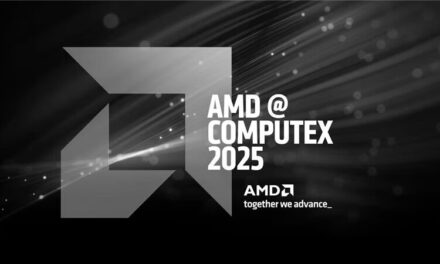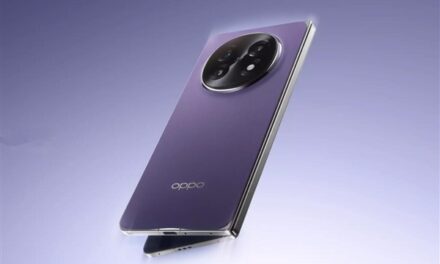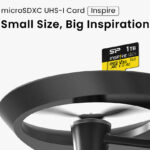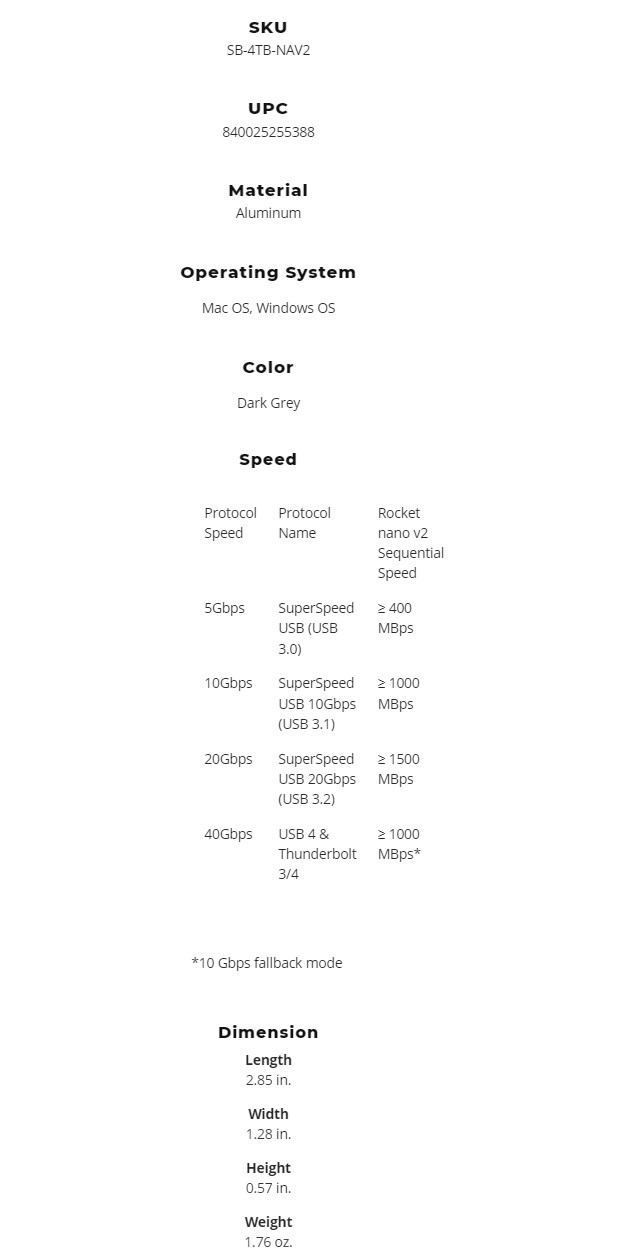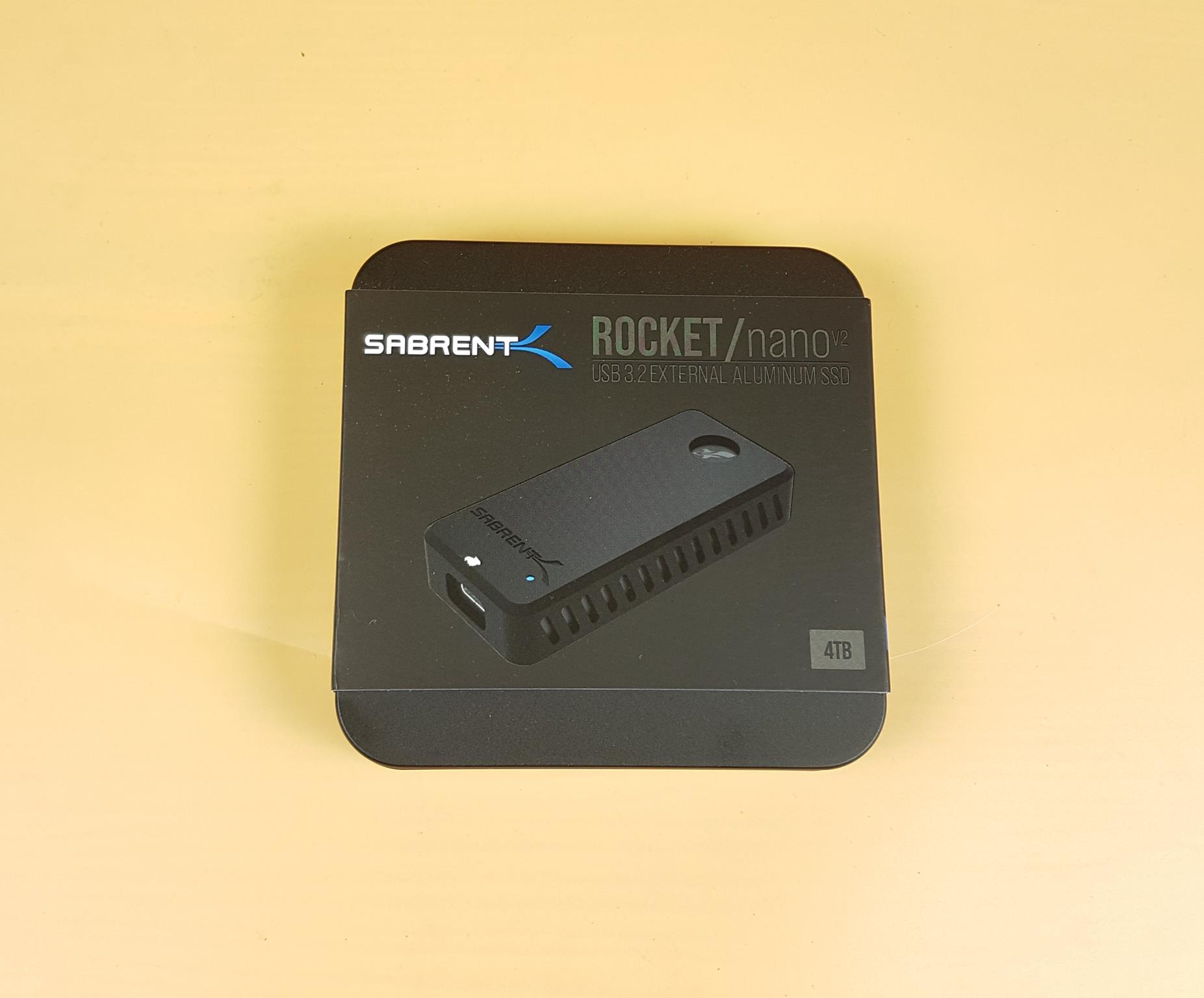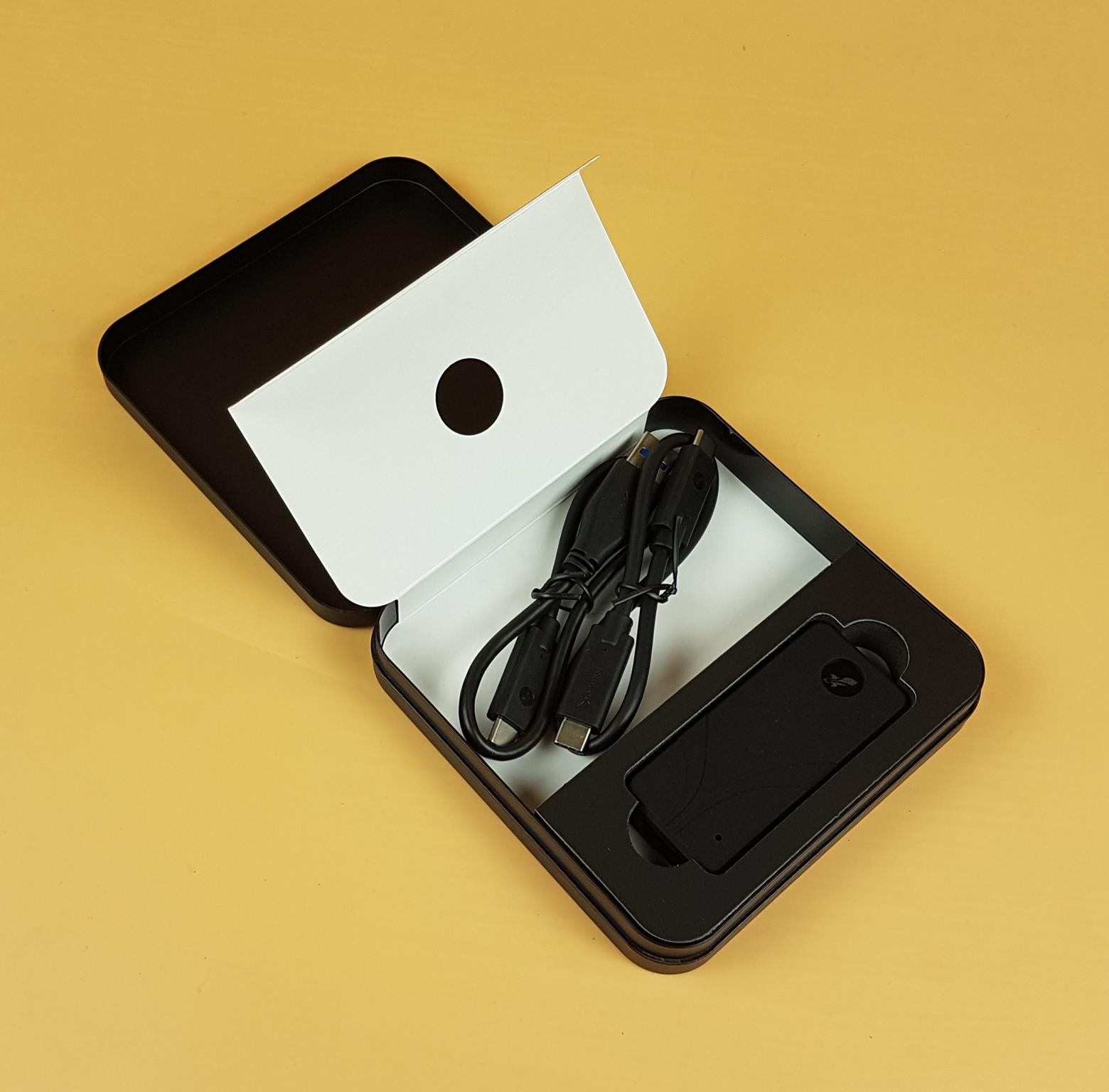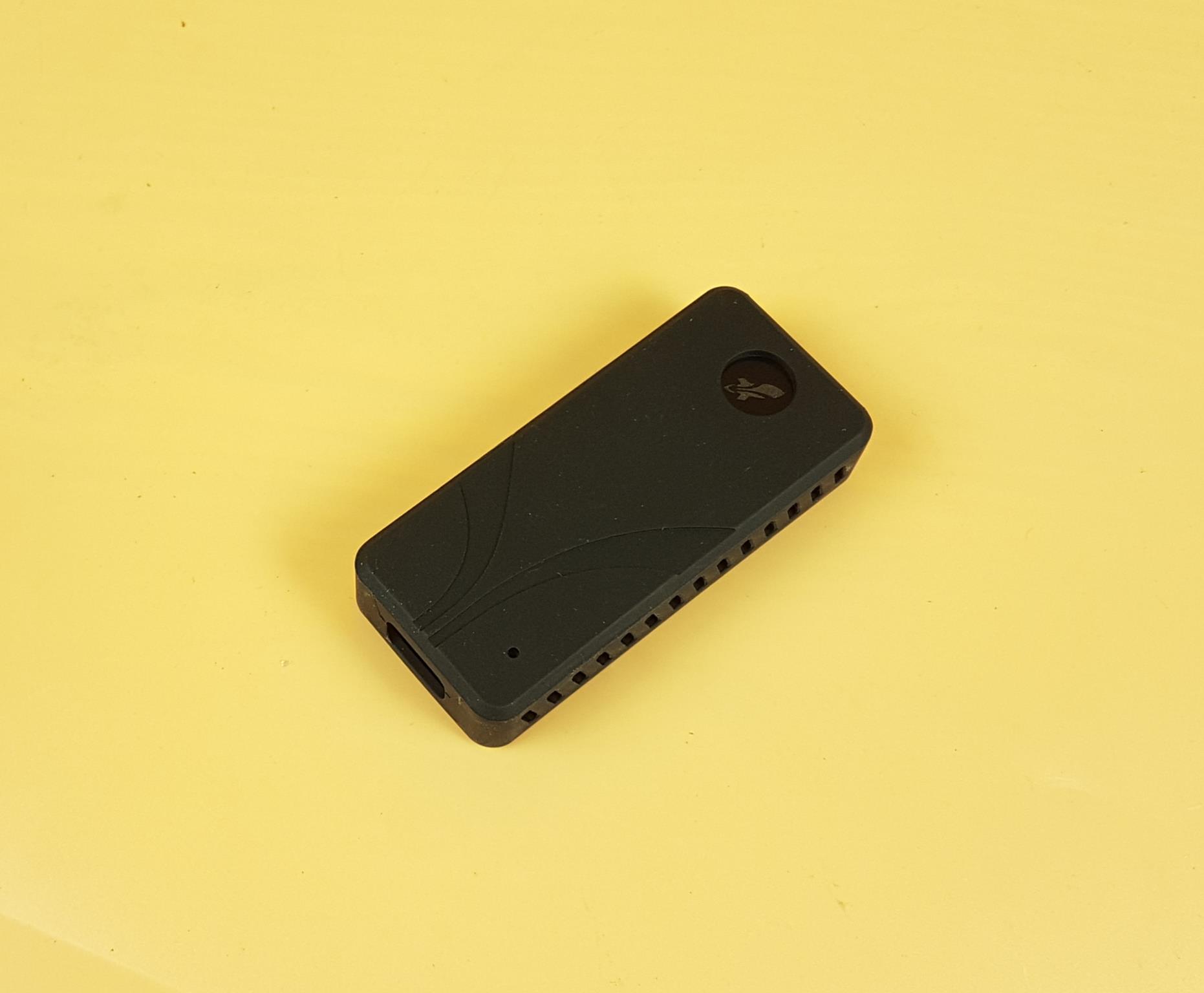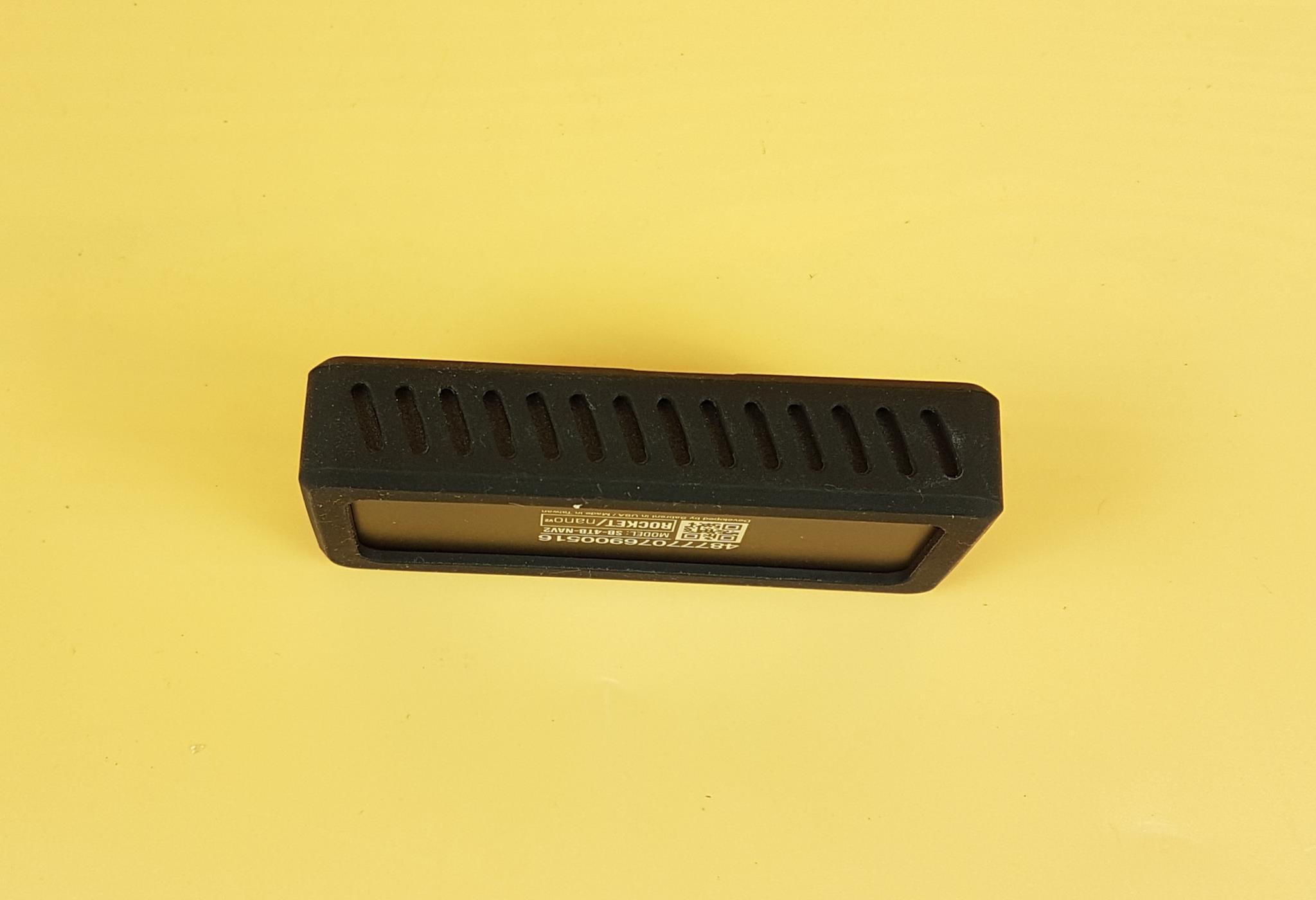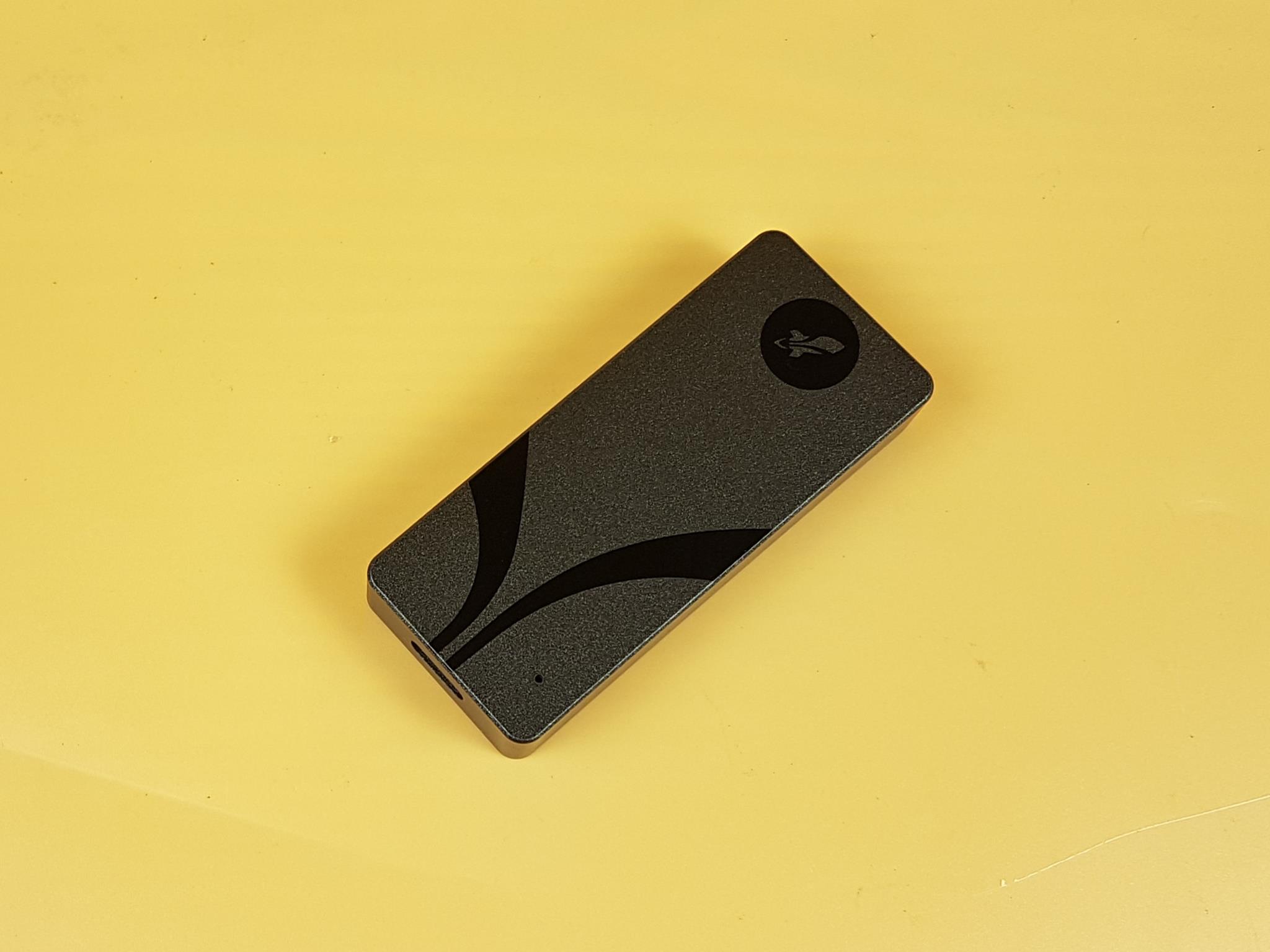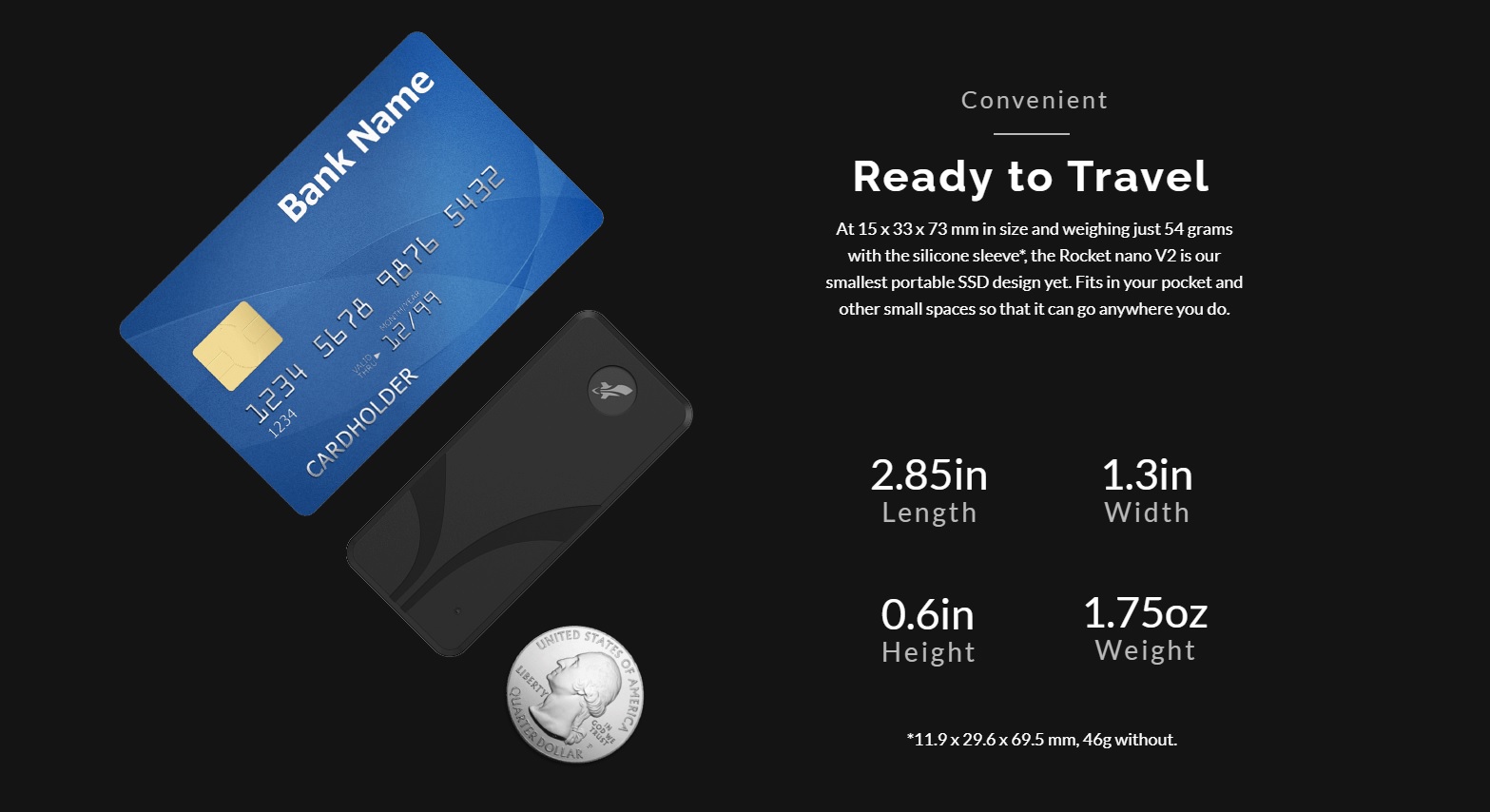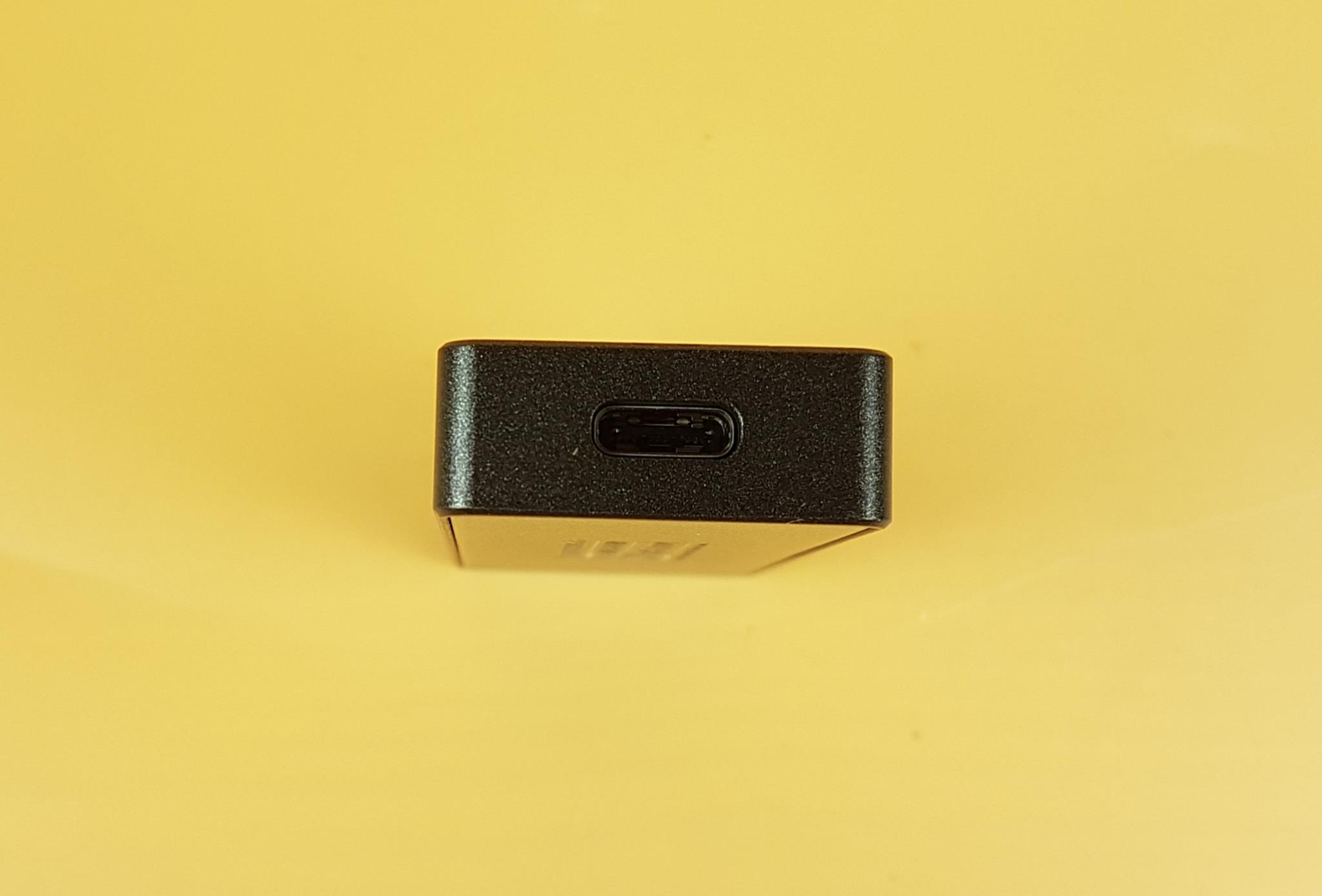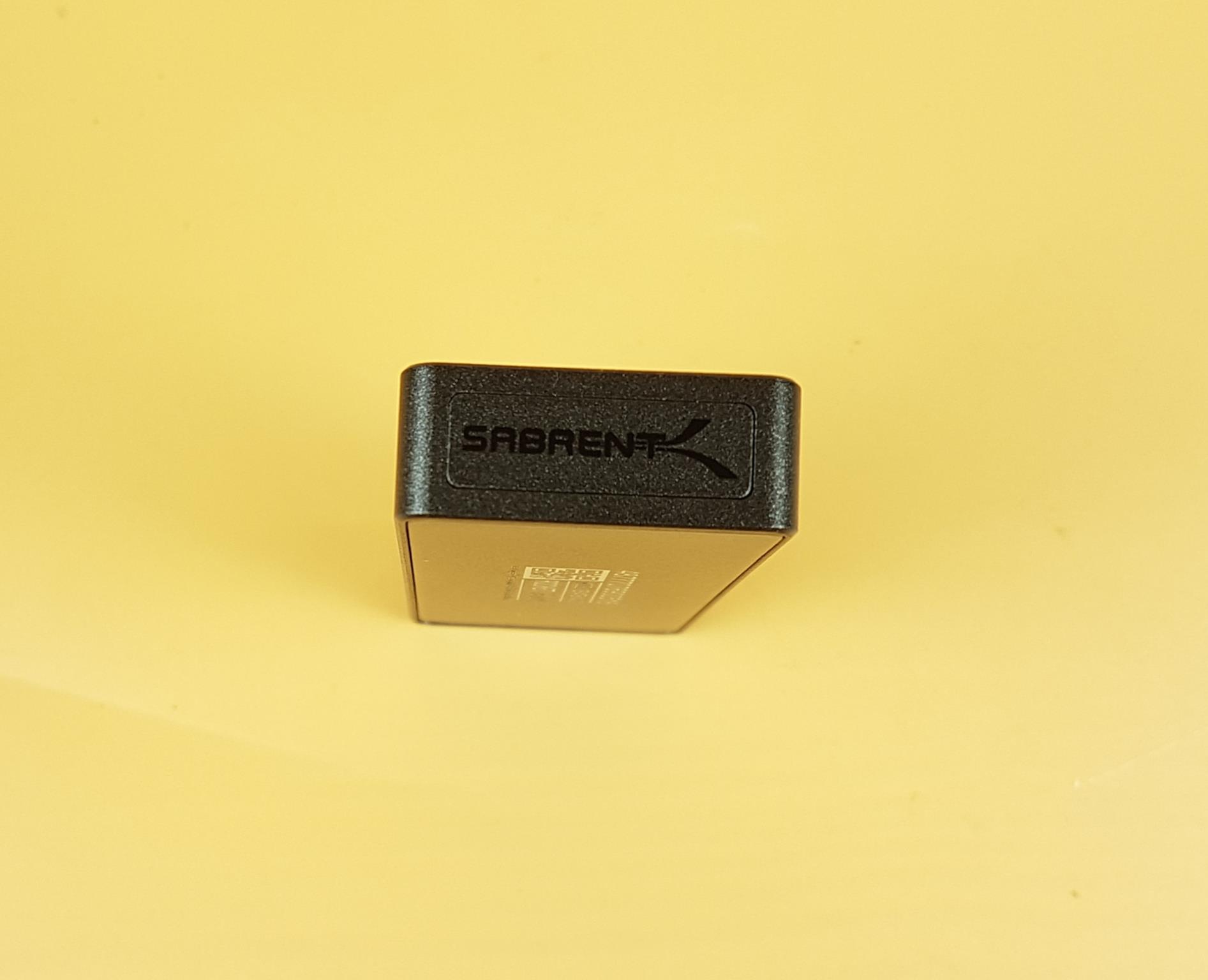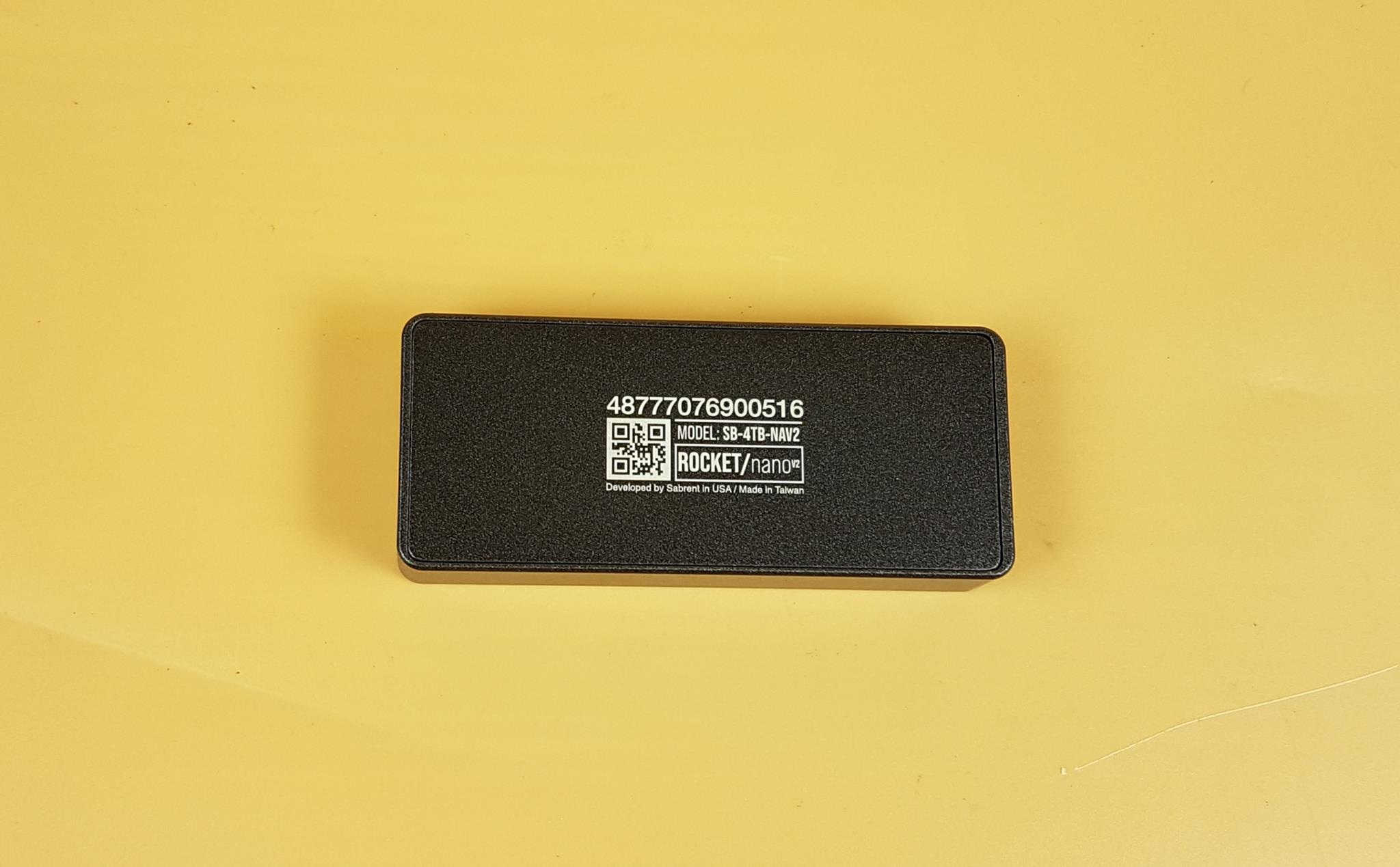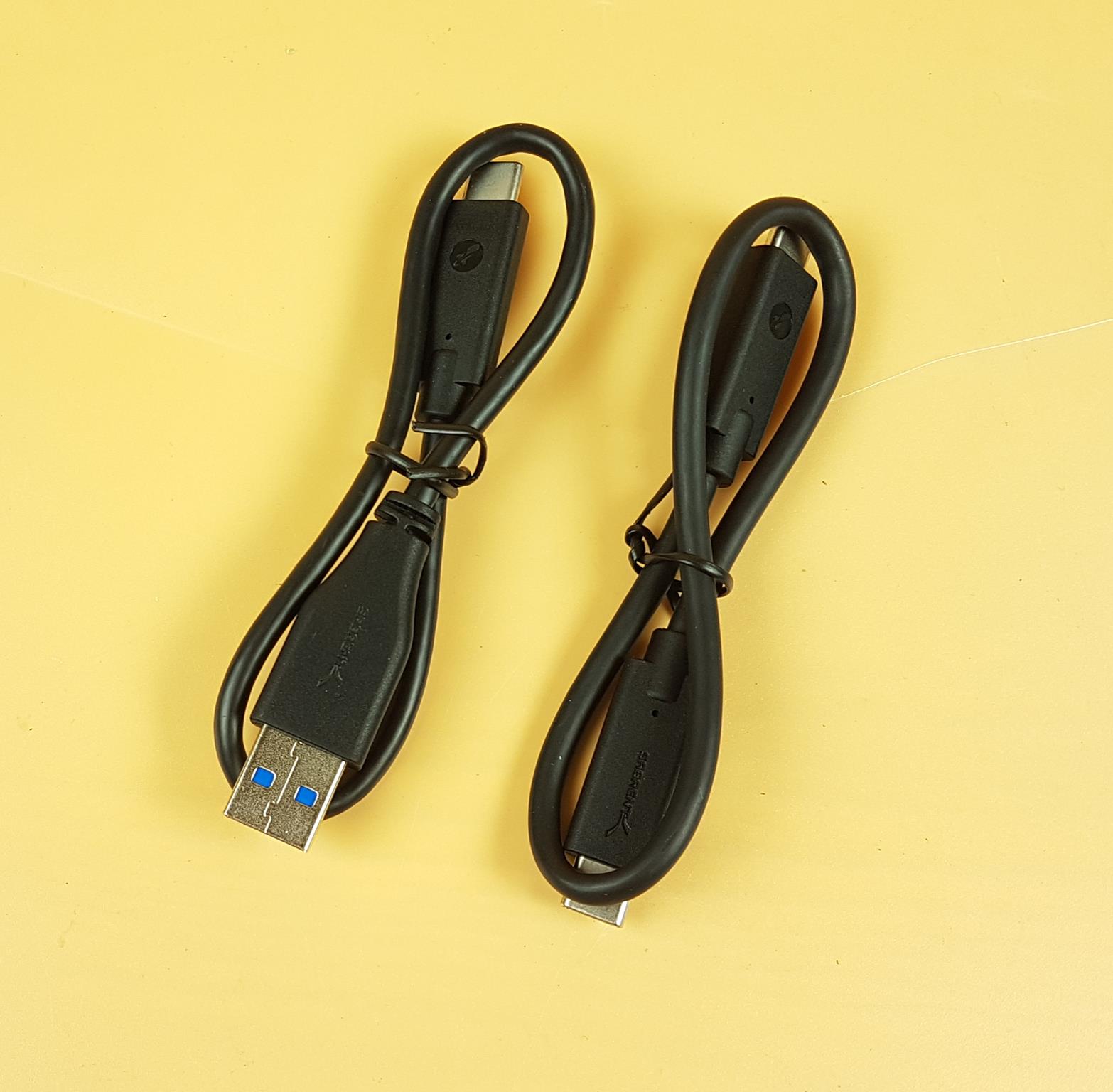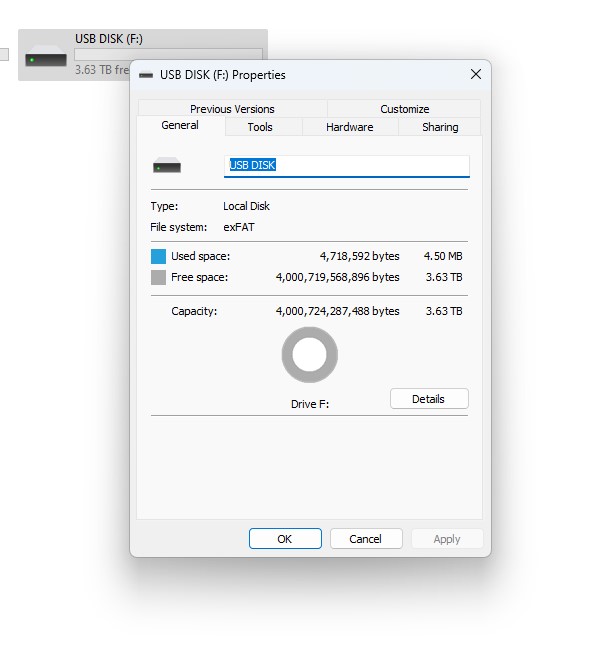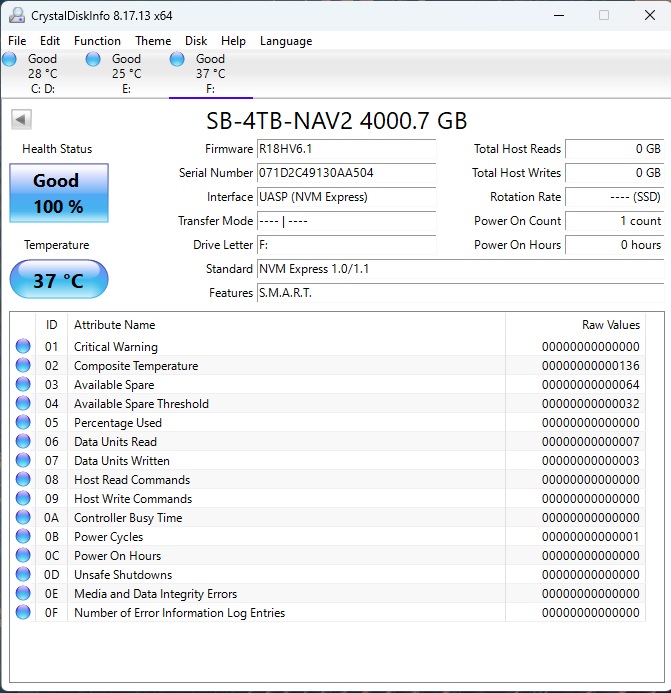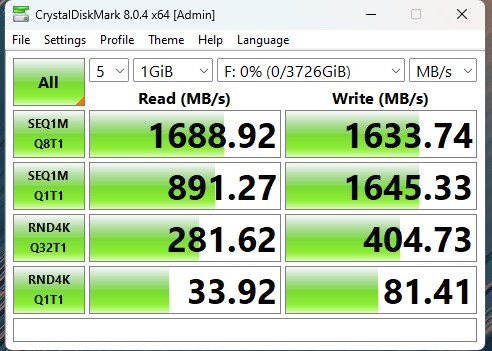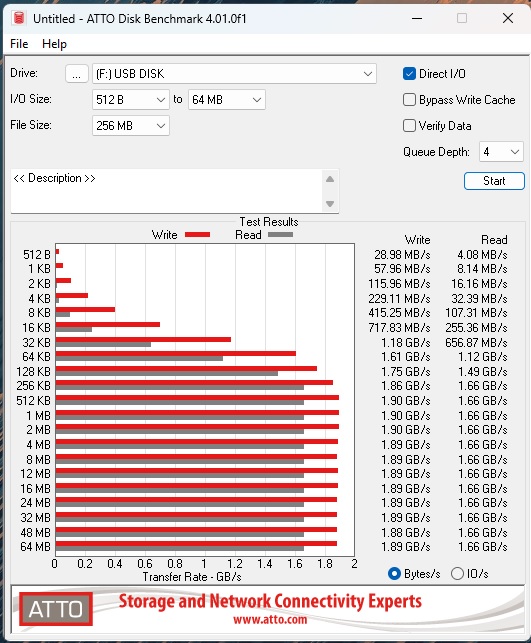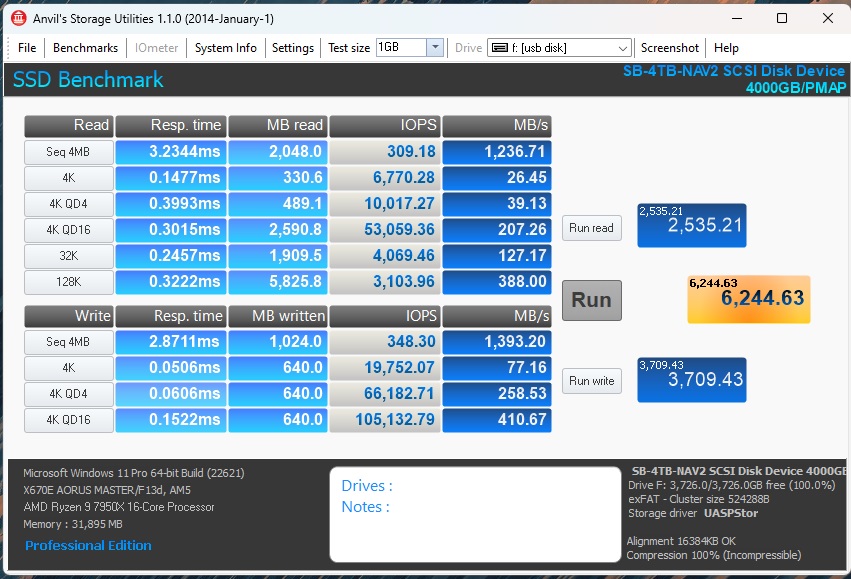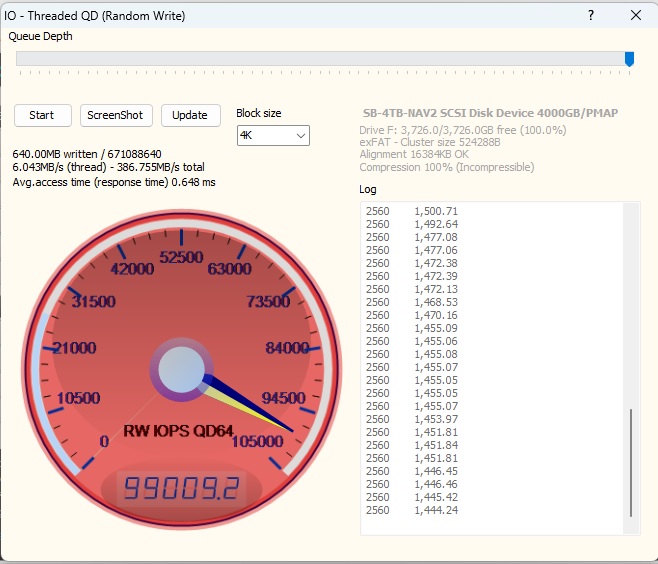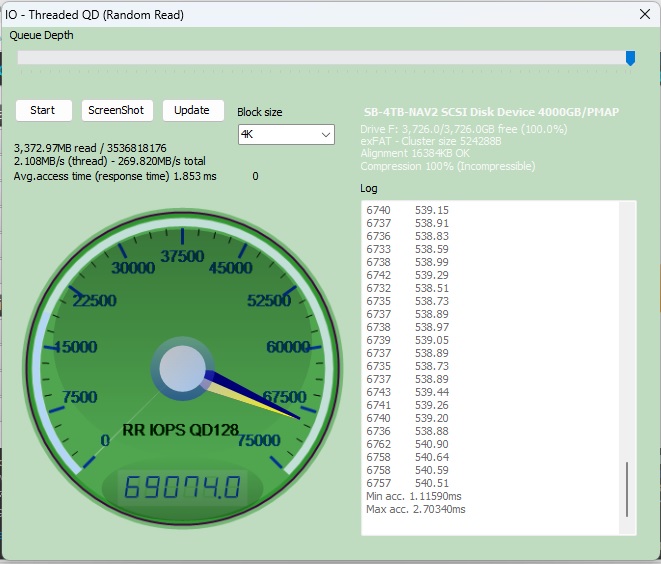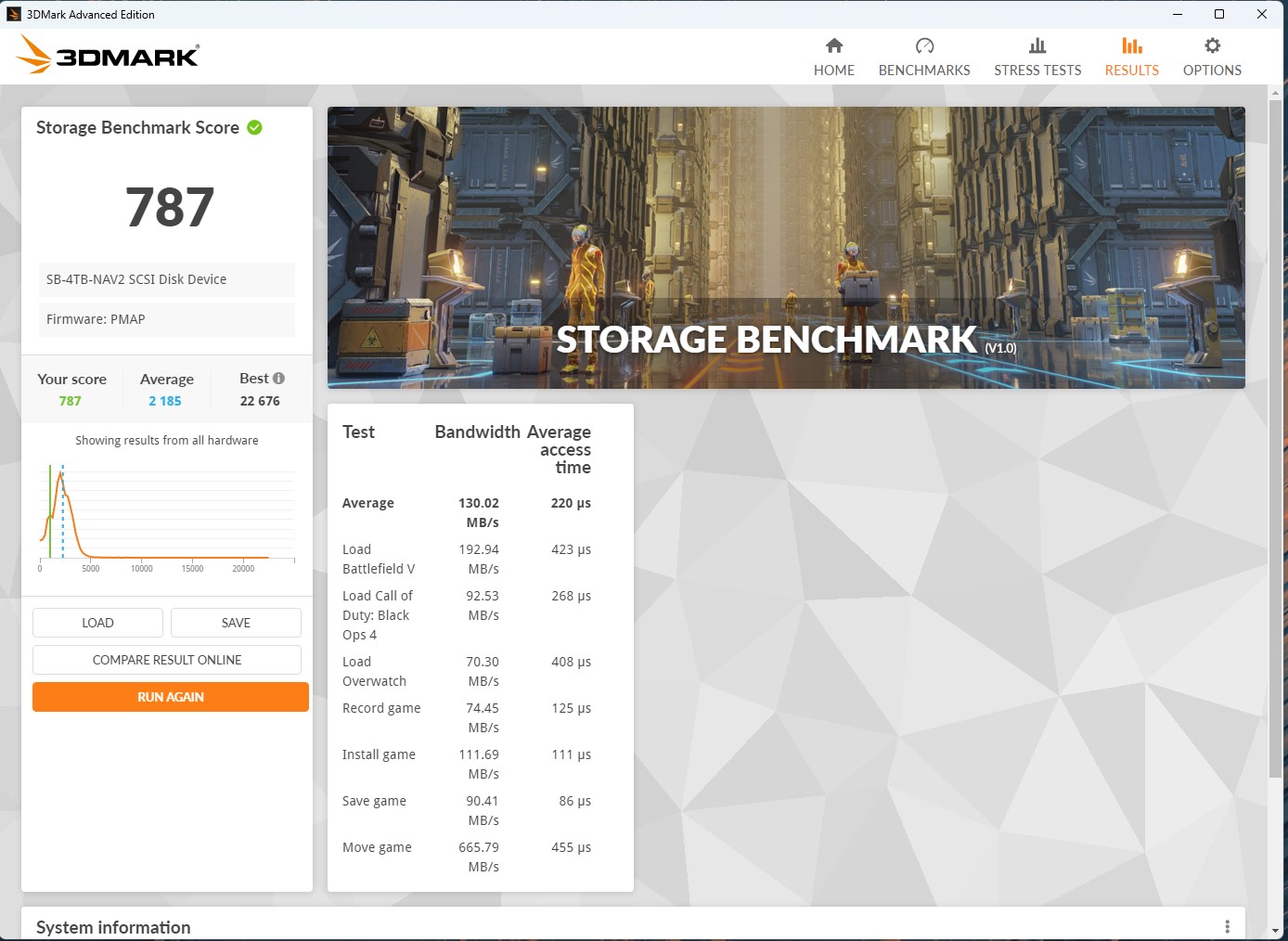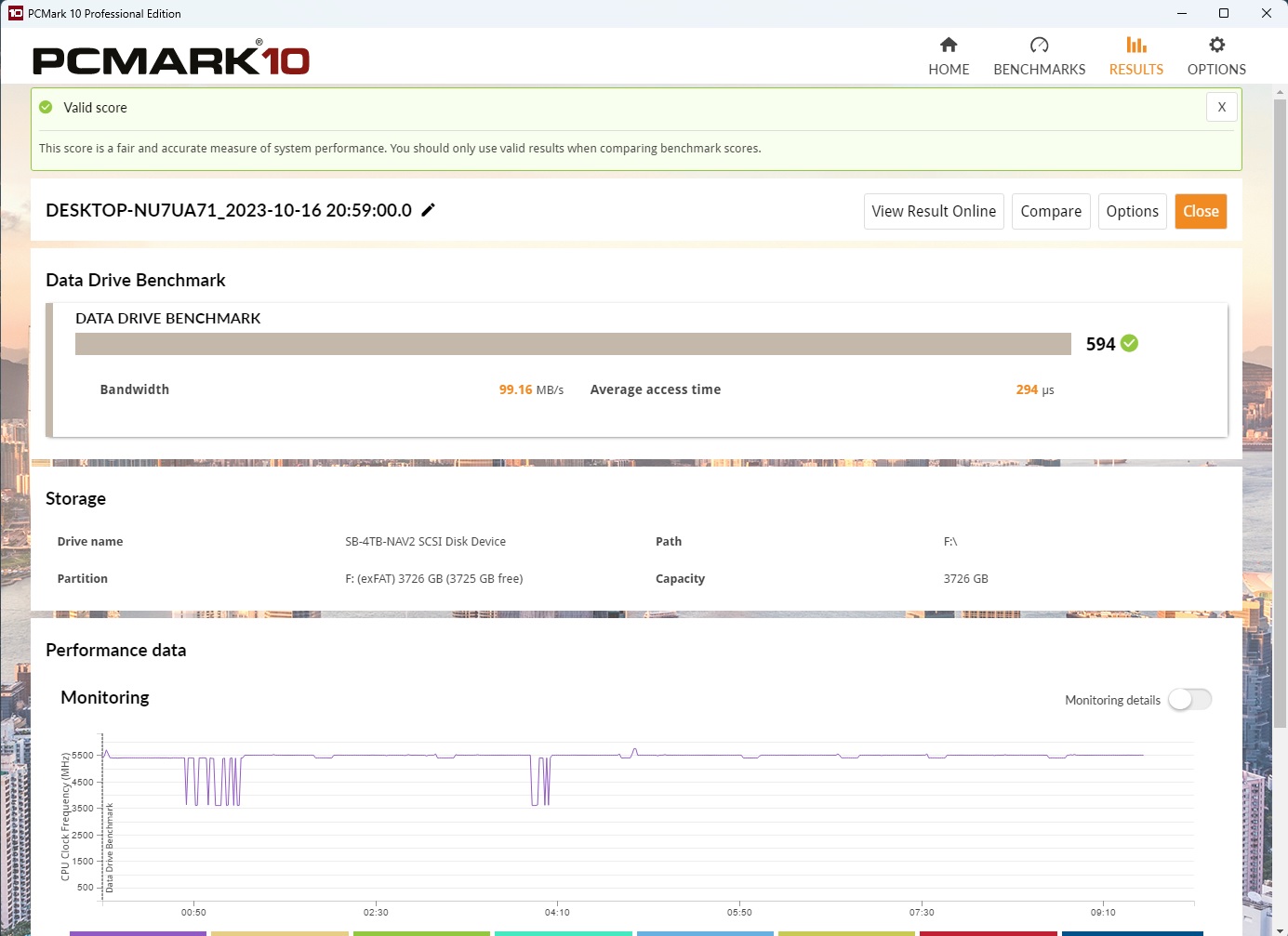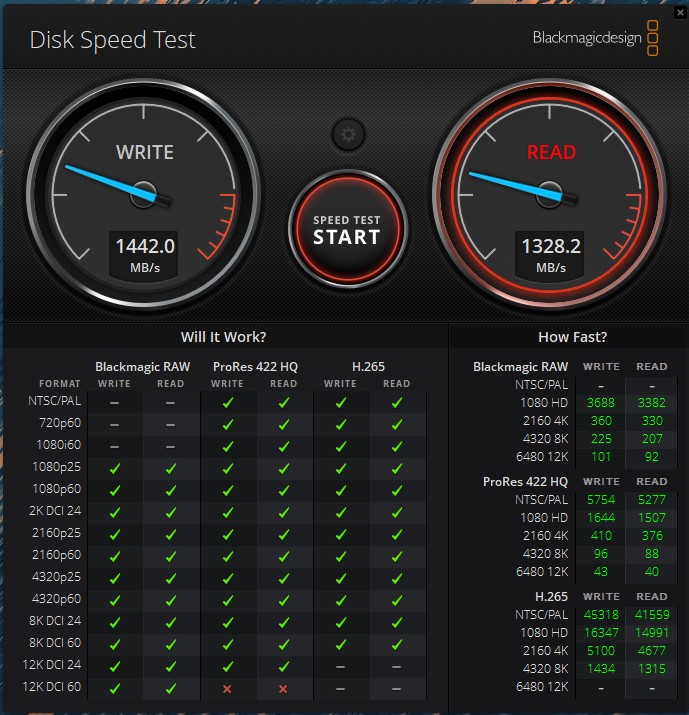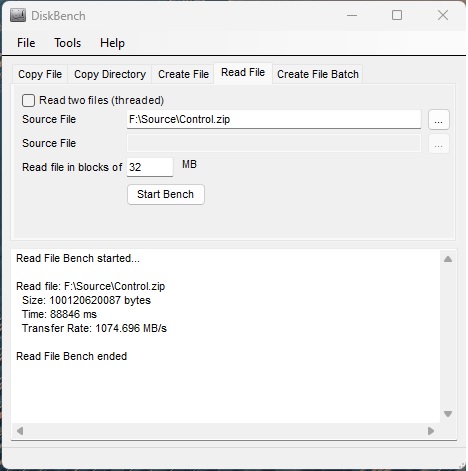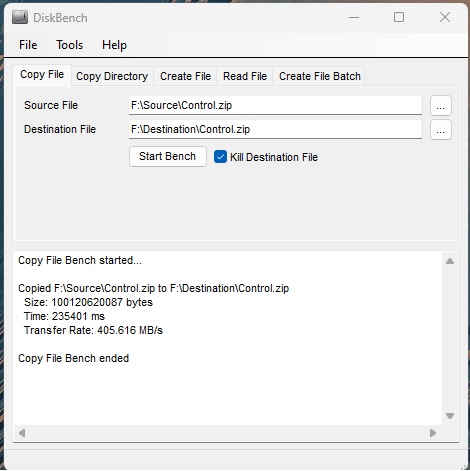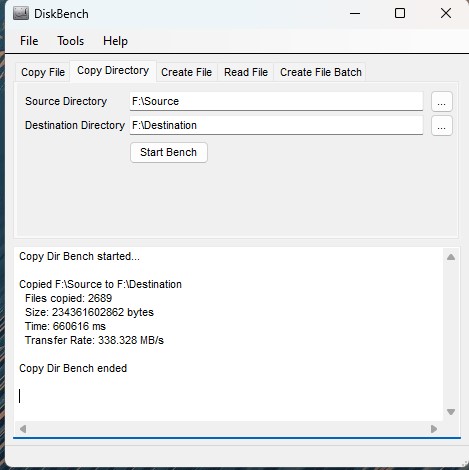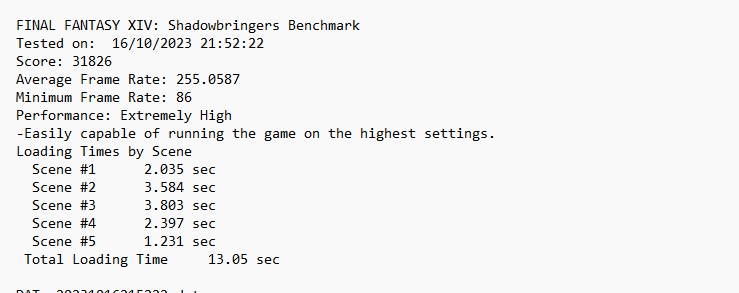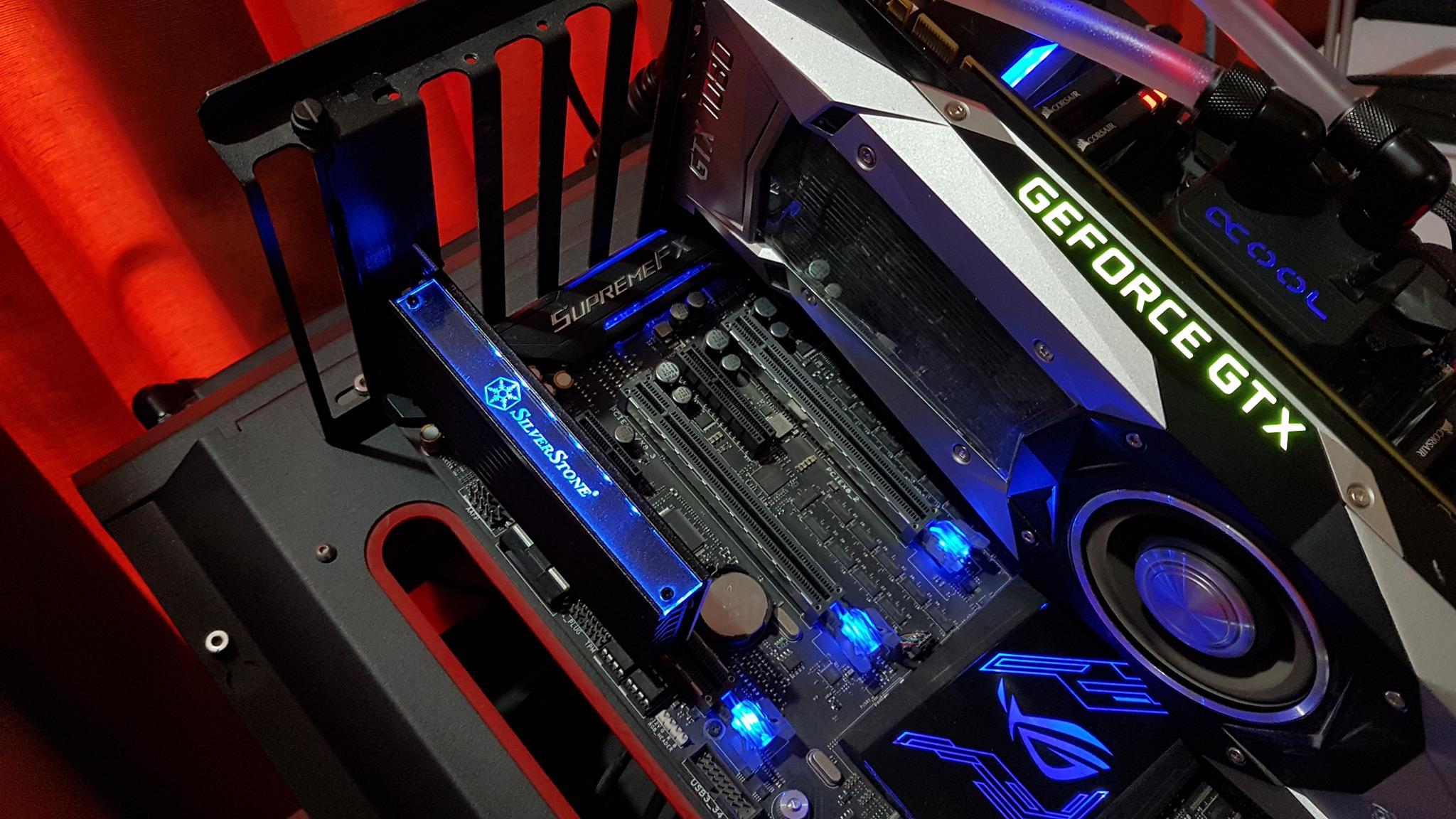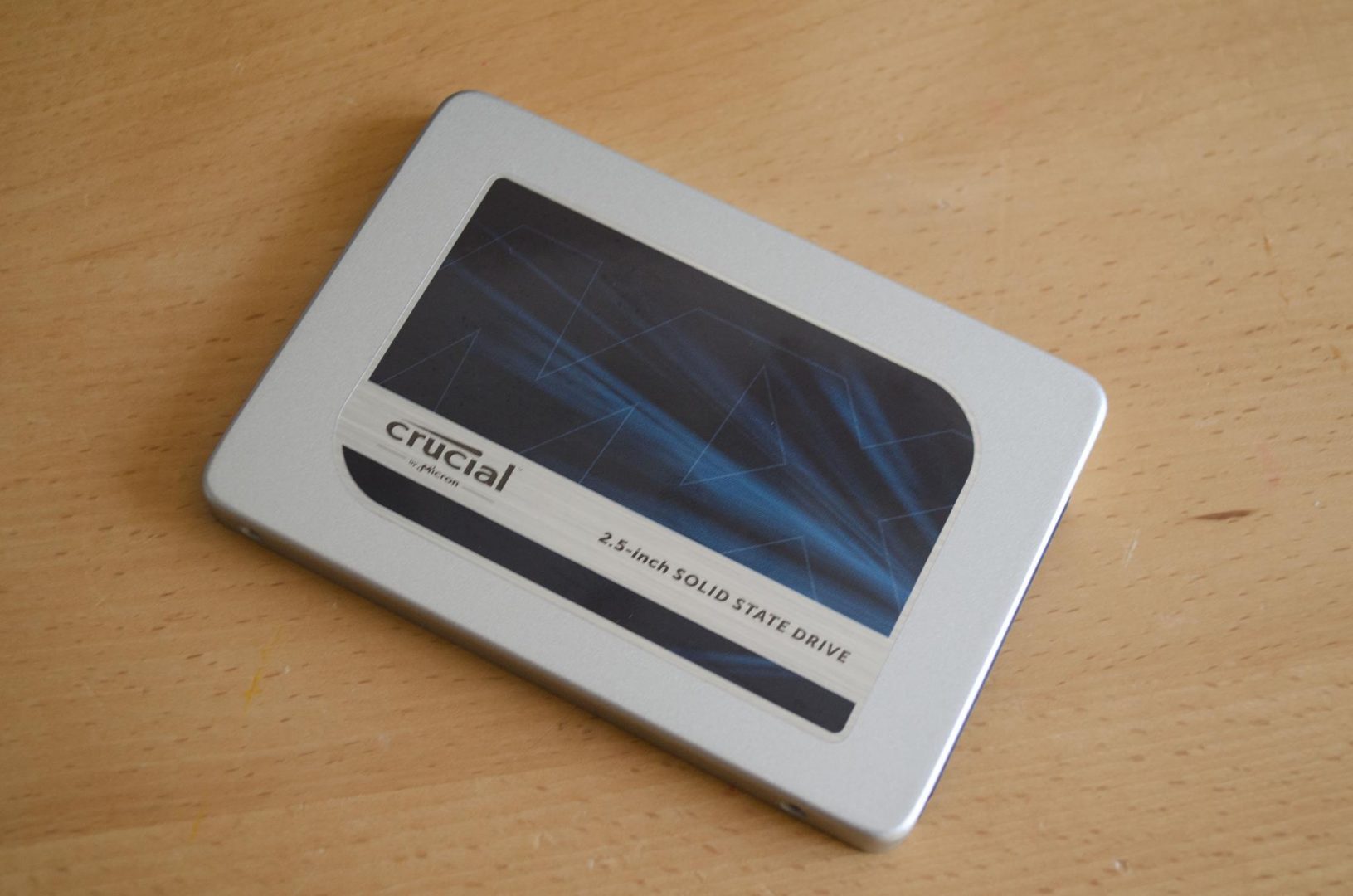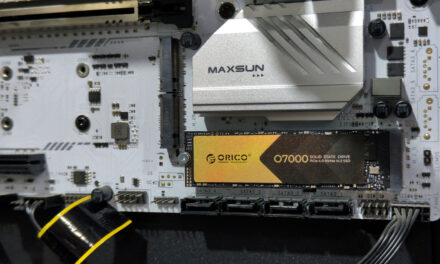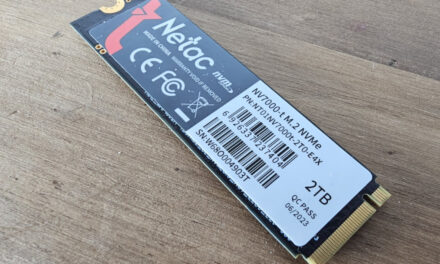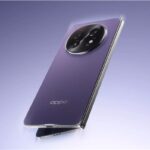
Sabrent Rocket NANO V2 4TB Review
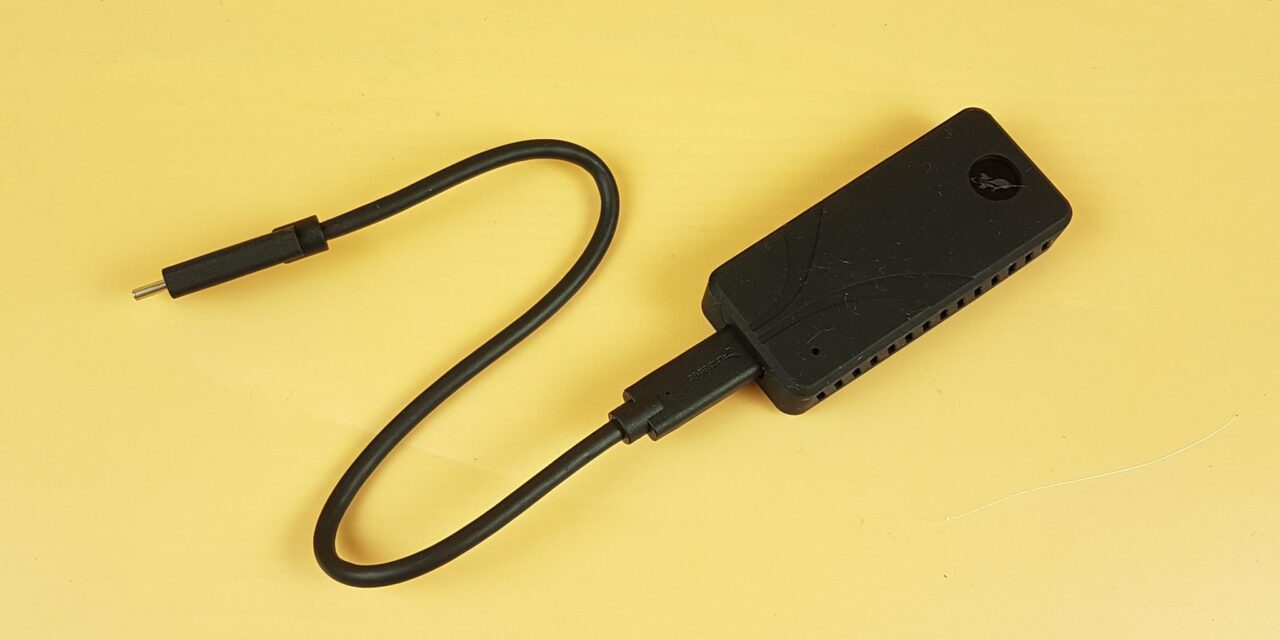
Introduction
We are testing Rocket NANO V2 4TB in this content. Earlier we tested the 2TB variant of this series. This drive features an on-board UFD controller which is a unique feature as the majority of portable drives don’t have such a controller on-board. This drive uses the USB 3.2 Gen2x2 interface which has a theoretical bandwidth of 20Gbps. This drive is rated for up to 1500MB/s in sequential read/write thanks to the NVMe SSD being housed inside the aluminum shell.
Product: Sabrent Rocket NANO V2 4TB
Price: $349.99 on Amazon.com [At the time of the review] (£329.99 on Amazon UK)
Sabrent Rocket NANO V2 4TB Specifications
Closer Look
Let’s start with key features of the drive:
- Burst transfers over 1500 MB/s with sustained performance capable of smooth 8K video recording.
- Transfers over USB 3.2 Gen 2×2 interface for maximum speed.
- Constructed of aluminum with an external silicone sleeve for ruggedness in all conditions.
- Lightweight and portable.
- High-endurance flash and wear management.
- Includes both Type-C to Type-A and Type-C to Type-C cables for flexibility.
- Compatible with a wide range of devices with USB backward compatibility.
- The native UFD controller additionally assures minimal compatibility issues.
This drive comes inside a hard shell. The drive’s data and necessary packing-related information are printed over the paperboard cover.
The above picture shows the contents of the box. Sabrent has done an impressive presentation. The drive is placed in a dedicated cutout for it. The cables are placed under a covered section.
There is a silicon sleeve encapsulating the drive, out-of-the-box. This will provide ruggedness and safety to the drive from accidental falls. The sleeve is black in color. There is a circular cutout on the sleeve showing the Sabrent branding on the main drive.
There are cutouts on both sides of the sleeve. These are there for the ventilation of the main drive.
I am showing the drive after removing the sleeve. Sabrent uses space-grade aluminum alloy via CNC machining for the housing of the drive. This material is said to have better heat transfer and is more durable. The Sabrent branding is visible on the top. There is a white color LED indicator on the bottom right to show the drive activity. The dimension of the unit is 2.85×1.28×0.57 inches (LxWxH). The weight of the unit is 1.76oz.
The Rocket NANO V2 series is available in three sizes:
- 1TB
- 2TB
- 4TB
The above picture shows the size comparison of the NANO V2 against the credit card and a coin. We appreciate the small footprint of the Rocket NANO V2 making it convenient to carry around.
The drive uses a USB Type-C interface. This drive is using USB 3.2 Gen 2×2 protocol over the USB Type C interface. The theoretical throughput for this protocol is 20Gbps. This is double the bandwidth of the Rokcet NANO which is 10Gbps. The drive is listed for up to 1500MB/s read and write sequentially. This is not all as this drive is said to sustain 800MB/s speed under heavy loads. The drive is said to have a sustained performance capable of smooth 8K video recording.
There is a Sabrent branding on the opposite end of the drive.
Looking at the drive from the backside, there is a label showing the serial number of the drive along with its model number. This drive is designed in the USA and manufactured in Taiwan.
Sabrent has provided two cables in the box. One is the USB Type-C to Type-C cable and the other is a USB Type-C to Type-A cable. Using the later cable will make the drive operate at USB 3.2 10Gbps speed.
This would allow the user to connect the drive as per the available USB port in the system though using USB Type-A would reduce the transfer rate. The length of these cables particularly the Type-C to Type-C cable is short. This would be difficult if we were connecting the drive directly with the PC. The Sabrent Rocket Nano series drives are compatible with Microsoft Windows and MAC OS. They are plug-and-play and don’t need any software and are backward compatible with the USB protocols.
What makes this drive special?
We have mentioned above that this drive has a native UFD controller. What does it mean? So far, portable drives boasting high speeds have been using bridged chip design. This means they are using two controllers to connect the SSD with the interface like USB 3.0, USB 3.2, etc. The main issue with this design is the high-power draw which results in more heat and lack of good enough backward compatibility with multiple hosts.
No more! Sabrent has ditched that design and has come up with the on-board USB controller to interface directly with the host and the target. This not only eliminates the bridging but improves the power efficiency which in turn reduces the heat generation from the controller. There is another key benefit which is extreme backward compatibility say up to USB 1.1.
Sabrent has employed a Phison PS2251-18 USB 3.2 Gen2x2 controller on this drive which eliminates the bridging and provides a direct connection which is faster.
As we can see using this controller, the drive is now compatible with the USB 1.1 interface. Sabrent uses SK Hynix 128L TLC chips (NAND) on the NVMe SSD. This provides a powerful combination of the NAND and controller to deliver fast and smooth data transfer rate. The controller also has a thermal sensor which is a plus to the design.
Sabrent has provided the power draw as follows:
| Read | 500mA |
| Write | 550mA |
| Idle | 150mA |
| Suspended | 1.7mA |
This is a game changer for portable drives as this drive uses almost the best power efficiency possible out there.
Testing
The following configuration is used:
- AMD Ryzen 9 7950X
- GIGABYTE X670E AORUS MASTER
- Kingston Fury Renegade 32GB DDR5 kit @ 6400MT/s CAS32
- ARCTIC Liquid Freezer II – 420 AIO
- XPG S50 Lite 1TB NVMe SSD [OS Drive]
- Sabrent Rocket 4 Plus 2TB NVMe SSD [Data Drive]
- MSI GeForce RTX 3090 Gaming X Trio 24G
- be quiet! Straight Power 11 1000W Platinum PSU
- Thermaltake Core P6 TG Snow Edition in an open-frame layout
We have used the following software:
- ATTO Disk Benchmark 4.0
- CrystalDiskMark 6
- Anvil Pro Storage Utilities 1.1.0
- Black Magic
- 3DMark Storage
- PCMARK10
- DiskBench
Microsoft Windows 11 22H2 is used for this test.
We did not have to initialize the drive as it came formatted and ready to use from the factory. 3.63TB out of 4TB is available for the user.
The drive is S.M.A.R.T ready. Only CrystalDiskInfo was able to read the thermals of this drive. No other software could do that. TRIM seems to be separated as we can’t see it in the listing. The drive supports TRIM. This makes the block management more efficient.
Test Results
The CDM run has confirmed the sequential read and write speeds of the drive. The 4k performance is good as well on Q1T1 quadrant.
Next, we ran the ATTO Disk Benchmark to test the drive’s performance. We have a maximum read (sequential) speed of 1.66GB/s which is quite impressive. The maximum write speed was 1.90GB/s. The drive has an exceptional performance in sequential read and write.
Next, we ran the Anvil Storage Utilities benchmark to test the performance of the drive. On the default test size of 1GB, the tested read speed score was 2535. The write speed score was 3709 with an overall score of 6244.
Next we ran the IO – Threaded QD Benchmark in the Anvil. Here are the results.
The drive scored 99009 IOPS in threaded writes.
Next, we ran IO – Threaded operations for the read speed using different queue depths. Here are the results
The drive scores 69074 IOPS.
3DMark Storage Test
3DMark Storage test is relatively a new test bench measuring the gaming-only performance of the given drive using three games. It measures the load time of the games, recording the gameplay, saving the game, and moving the game. The overall score is given in the bandwidth and access time.
The Sabrent Rocket NANO V2 4TB did an average of 130.02MB/s and 220µs. The overall score is 787.
PCMARK10
Next, we ran PCMARK10 Data Drive Benchmark which is designed for the external drives.
The drive scored 594 with an average bandwidth of 99.16 MB/s and an average access time of 294 µs. This drive is slow on the AMD platform compared to the Intel platform.
Black Magic
The drive supports the majority of the listed formats and the drive’s performance on each format is quite reasonable.
Real World Testing
We have used DiskBench in multiple scenarios to check the real-world data transfer rates. Here are the results:
A compressed file of 97GB containing multiple compressed files and folders of different sizes was copied to the Rocket NANO V2 4TB. The file was then read from the DiskBench. We have a transfer rate of 1074 MB/s with a time of 1 minute and 48 seconds.
Next, we copied the same compressed file from one folder to another on the same drive. The transfer rate 405MB/s and it almost took 4 minutes to complete the operation.
Next, we copied a folder of 210GB size containing multiple compressed files, sub-folders, and mixed other files. The transfer rate was 338MB/s with a time of 11 minutes. The lowest speed that we saw was 87MB/s which is subject to the type of folder/file being copied because the drive was not throttling.
Gaming Load Time
We have also calculated the game’s loading time using the Final Fantasy XIV : Shadowbringers Benchmark using High settings. This is meant for users who would like to store a few games on the external fast storage.
We have a load time of 13.05 secs.
Thermals
We saw a maximum temperature of 63°C at an ambient temperature of 25°C on the Rocket NANO V2 4TB.
Conclusion
We have tested the Sabrent Rocket NANO V2 4TB drive in this article. This series of drives is available in 1TB, 2TB, and 4TB sizes. These drives have the same dimensions as we saw on Rocket NANO first-generation drives. Given their small footprint, these are convenient to carry around despite having large capacities.
This is an enthusiast-grade fast-storage solution from the manufacturer based on USB Gen 3.2 Gen 2×2 on a Type-C interface. These drives are rated for up to 1500MB/s read and write in sequential. This is not all as these are said to have sustained 800MB/s rate under heavy load and capable of smooth 8K video recording.
The housing of these drives is made of high-grade aerospace aluminum alloy which is CNC machined for perfection. This housing not only adds rigidity to the drive but also transfers the heat from the drive to protect it from overheating. Sabrent has provided 2x cables with the drive. One is the USB Type-C to Type-C cable whereas the second one is the USB Type-A to Type-C cable. The drive supports Advanced Wear Leveling and Bad Block Management. The drive comes with a silicon sleeve around it which is removable. This sleeve provides protection in case of an accidental fall.
This drive has our high praise as it houses an on-board USB3.2 Gen2x2 controller which eliminates the bridging design. The control is Phison PS2251-18. This controller supports up to 4TB capacity and supports TLC as well as QLC NAND types. Speaking of NAND, the V2 houses SK Hynix 128L TLC chips. The controller is power efficient.
During our test, we saw the drive confirming the rated 1500MB/s sequential read and write speeds in the synthetic benchmarks with a better 4k performance. We have observed that these drives work a bit slow on the AMD platform compared to the Intel platform. This level of performance is very good as we are getting much faster speeds with high capacities. The real-world performance is obviously what matters and our testing has shown that this drive is capable of handling data transfer at an average of 300 to 400MB/s depending on the data type.
The Rocket NANO V2 4TB drive is listed at USD349.99 at the time of the review. Sabrent is offering a one-year warranty that could be extended to 3 years upon registration of the drive on their website. Once again, the NANO word serves the purpose. With capacity as high as 4TB in such a small footprint and blazing fast speeds, the NANO V2 series of drives come recommended by us.
Thanks to Sabrent for the provision of the test unit.










